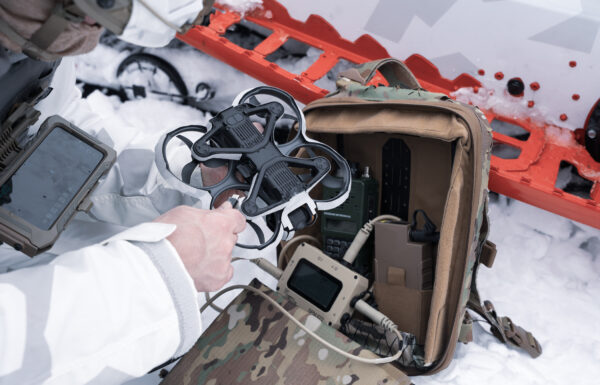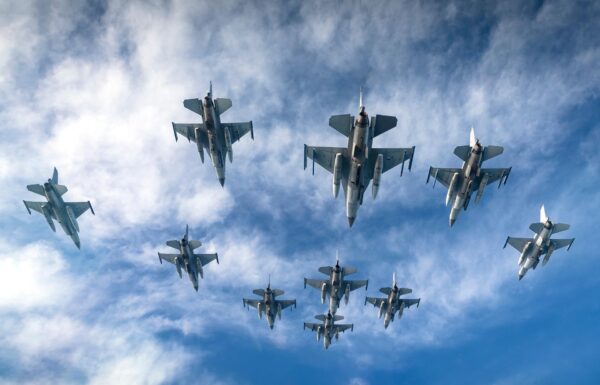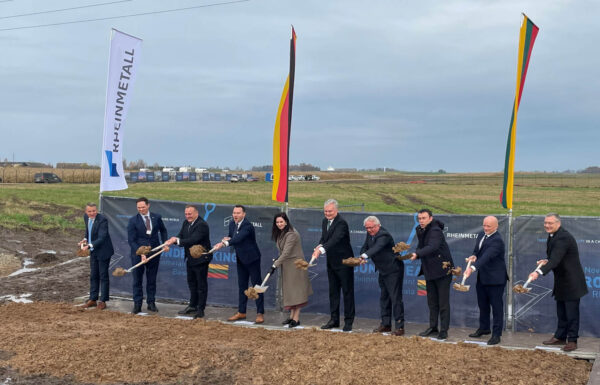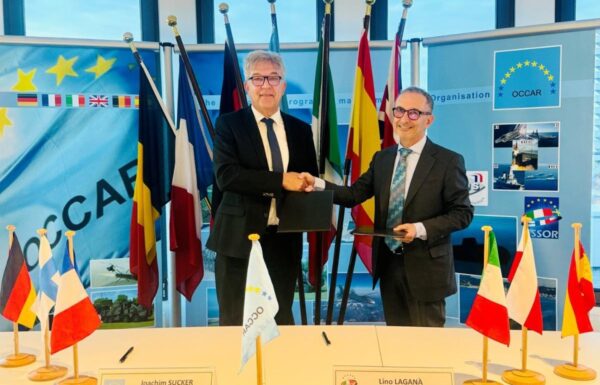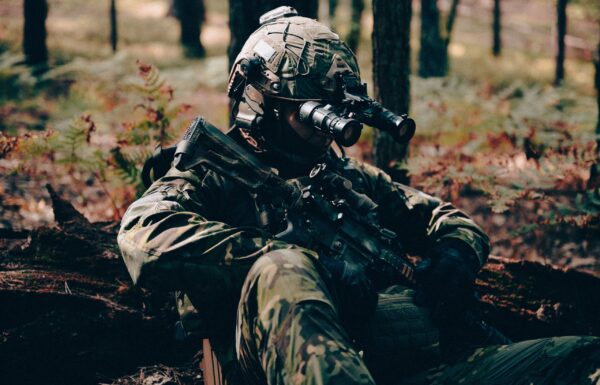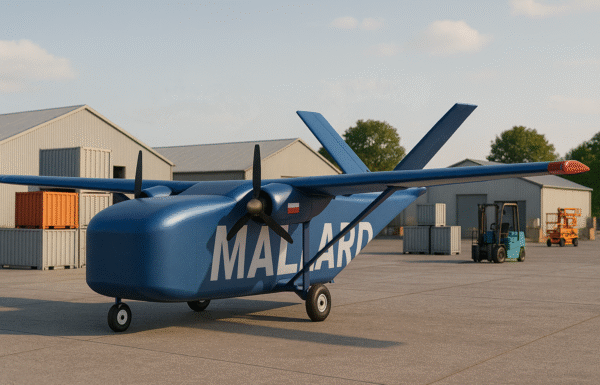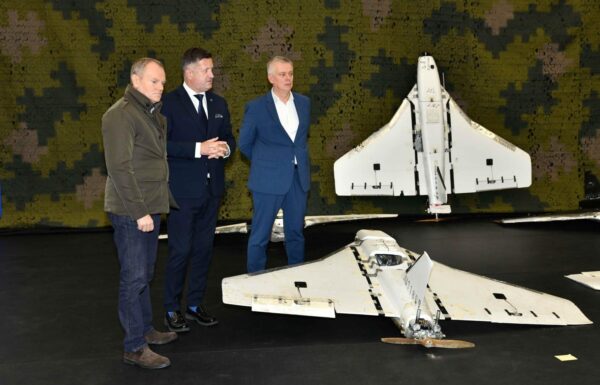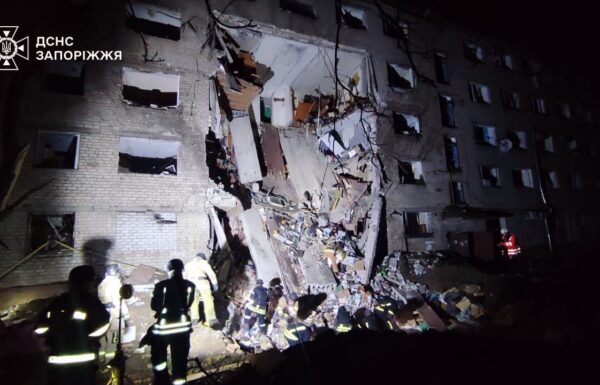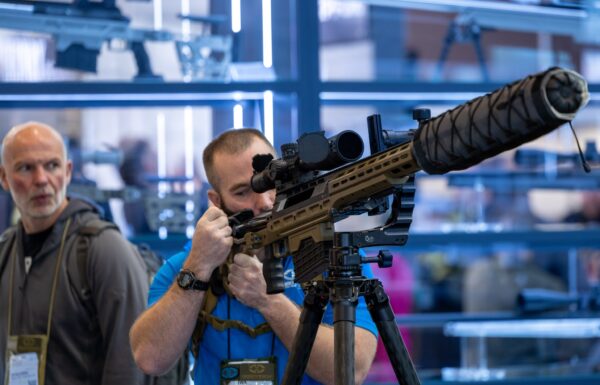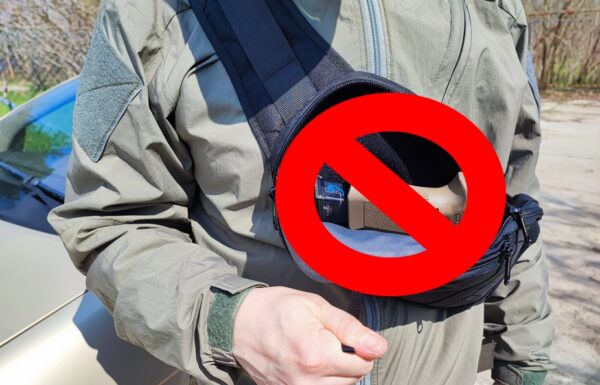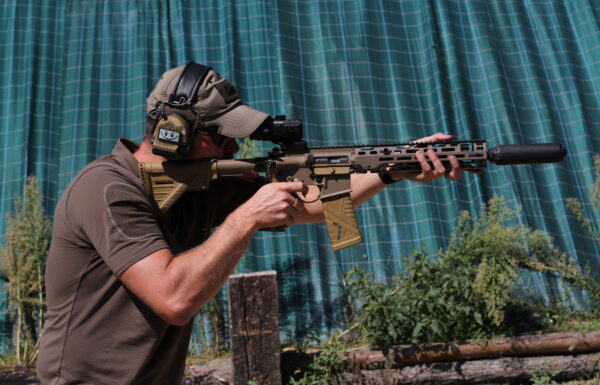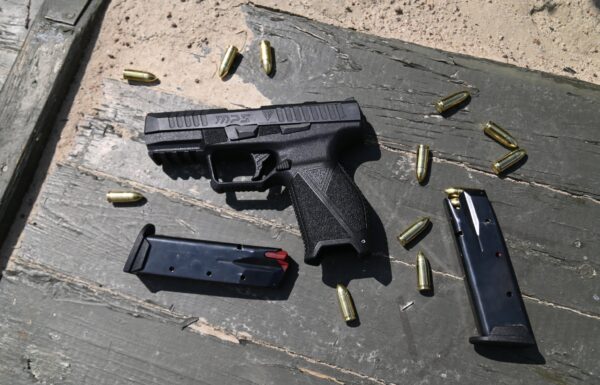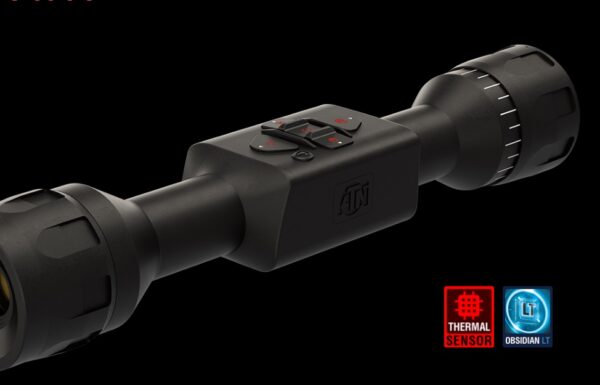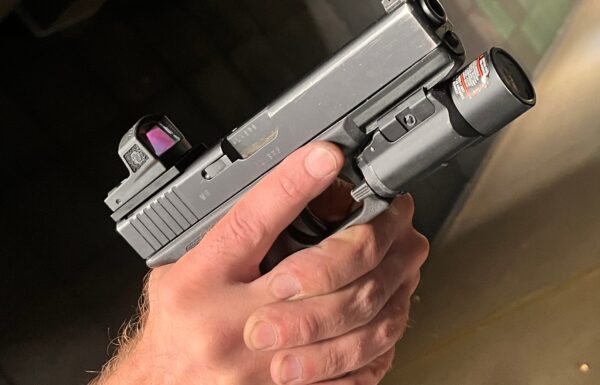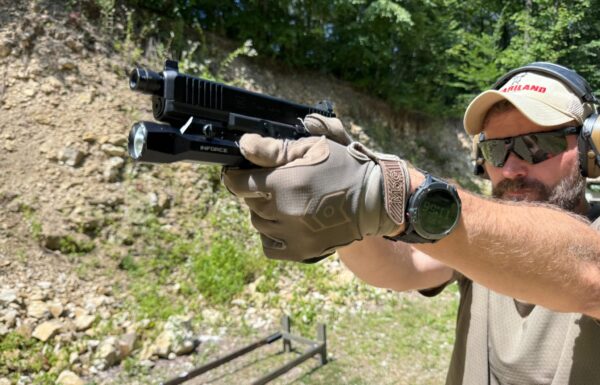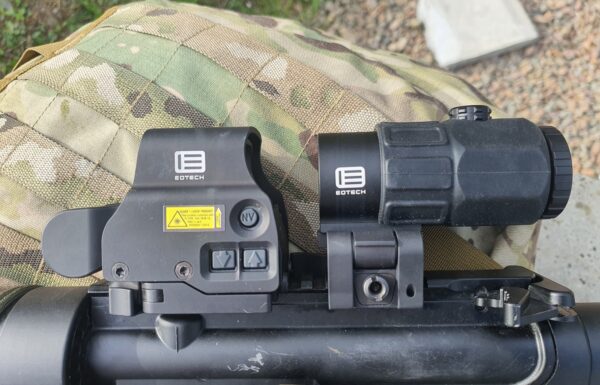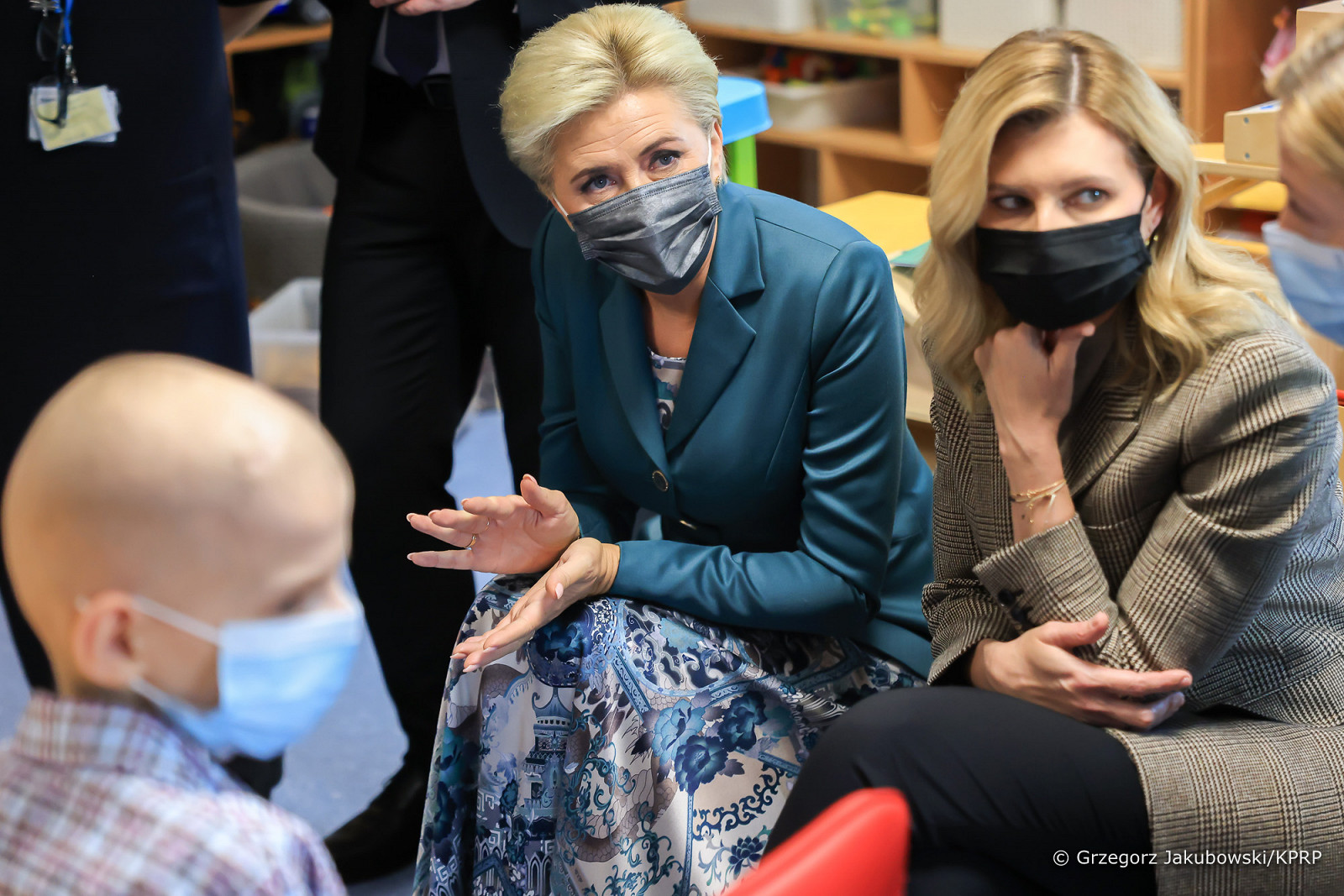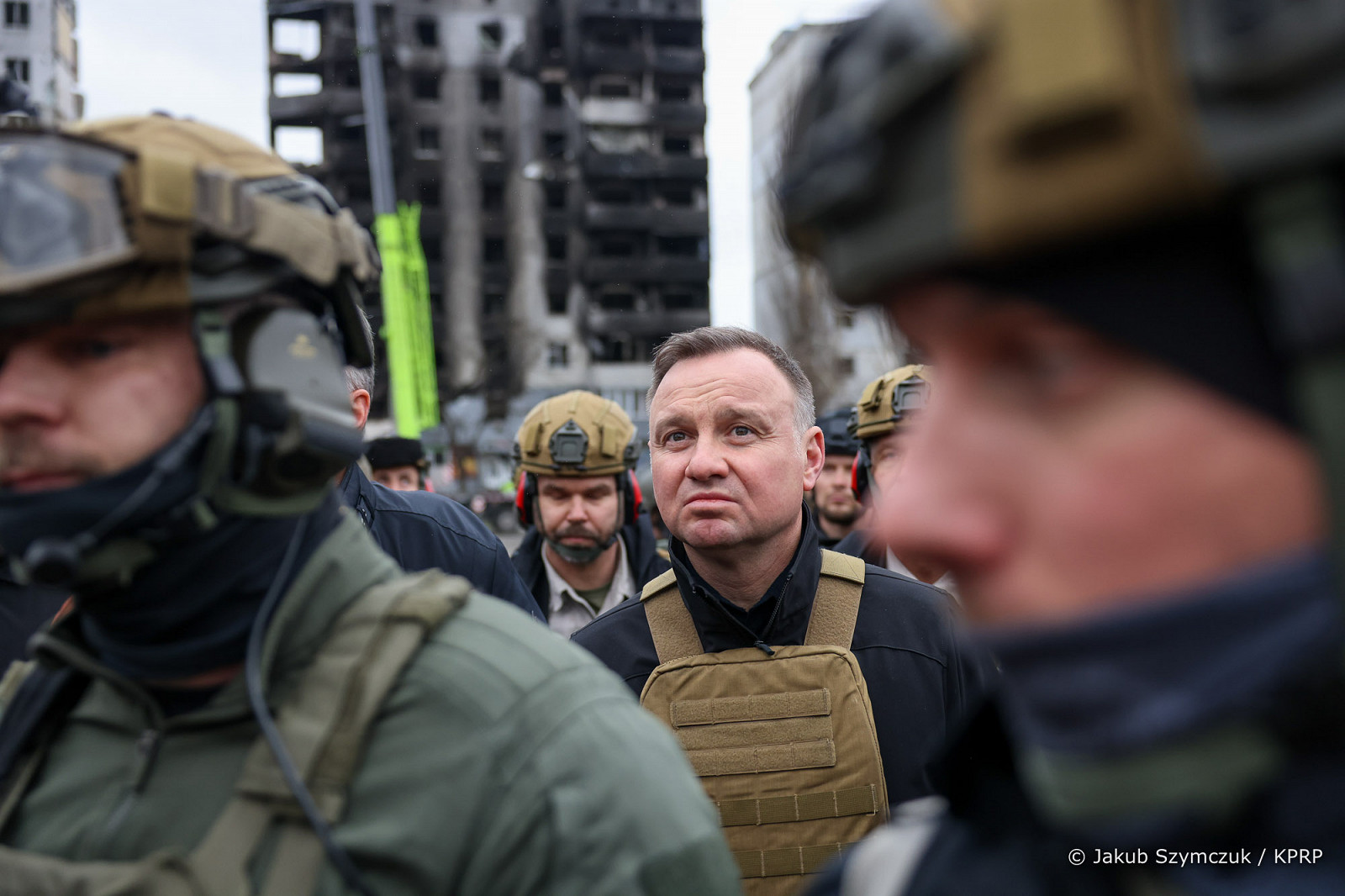Poland was the first to respond to Russia’s aggression against Ukraine, supporting our neighbor to enable effective resistance against the aggressor. In the initial, decisive months of the war, we became the undisputed leader in providing military support to Ukraine. Our stance strengthened Ukraine militarily, influencing subsequent phases of the conflict. All indications suggest that without Poland’s assistance to our neighbor, the situation in Ukraine would look different today.
“At the beginning of the war, when it was truly very difficult to secure aid for Ukraine, when everyone was afraid and hesitant, Germany was giving helmets, we were giving tanks,” – President of Poland Andrzej Duda.
Summing up the expenditures on support for war-torn Ukraine and aid for Ukrainian refugees in relation to Gross Domestic Product, Poland ranks first among all countries that have engaged in assisting our neighbor.
 Grafiki: Kancelaria Prezydenta RP
Grafiki: Kancelaria Prezydenta RP
Poland allocated the equivalent of 4.91% of its GDP for this aid, with 0.71% of GDP dedicated to support for Ukraine and 4.2% of GDP covering the costs of assistance for Ukrainian refugees.
Poland was the first to supply Ukraine with heavy weaponry on a large scale, initiated the “tank coalition,” and was the first to provide Ukraine with combat aircraft. We were also the first to offer leadership for the EU training mission.
In total, we have provided Ukraine with military aid worth 3.23 billion EUR, or over 14 billion PLN. Comparing our commitment with that of other countries is difficult due to a lack of official data (for security reasons) and the fact that some countries’ pledges to supply military equipment to Ukraine remain declarations for now (Minister of Foreign Affairs: Poland has provided Ukraine with military aid worth 4.5 billion USD).
Military Support
The weaponry that Poland supplied to Ukraine was the first to reach the front in significant quantities. We have provided the largest amount of heavy equipment among all allies—a total of approximately one thousand units (tanks, armored personnel carriers, etc.).
Of the nearly 800 tanks that Ukraine has received, over 350 were supplied by Poland. This is more than the total provided by the United States, the United Kingdom, Germany, Sweden, Norway, and Spain combined.
From the resources of the Polish army, Ukraine received: 14 modern Leopard 2A4 tanks and older models, including 60 PT-91 tanks and 280 T-72M, T-72M1, and T-72M1R tanks.
Poland delivered the first batch of T-72 tanks to Ukraine in the first half of 2022. The President of Poland highlighted this in an interview with the German newspaper Bild: “We sent over 240 tanks to Ukraine, ones that the Ukrainian army knows how to operate. These are Soviet-era tanks from the resources of our own army.”
In the following months, additional shipments of Polish equipment arrived in Ukraine. Less than a year after the Russian invasion, Poland announced another significant step, marking a new chapter in assistance to our neighbor.
“To strengthen Ukraine’s defense against Russian aggression, we will provide a company of modern Leopard tanks,” stated Andrzej Duda during a visit to Lviv, encouraging other countries to join the “tank coalition.” “I hope that alongside additional Leopard tank companies and others provided by different countries, such aid will soon be able to reinforce Ukraine’s defense. In any case, the decision on this matter has already been made in Poland,” he emphasized.
We also provided—as monitored in real-time by the Centre for Eastern Studies—250 BWP-1 infantry fighting vehicles, 100 KTO Rosomak armored personnel carriers, 9 BRDM-2 reconnaissance vehicles, over 100 self-propelled guns, and more than 30 BM-21 Grad rocket launchers.
Ukraine’s air force was supported by 14 of our MiG-29 aircraft and 12 Mi-24 helicopters.
The first fighter jets arrived in Ukraine in mid-March 2023, thus opening a new chapter of Western assistance for Ukraine.
“Literally within the next few days, we will deliver four fully operational aircraft to Ukraine. The remaining machines are currently being serviced, prepared, and will be handed over progressively,” announced Andrzej Duda during a joint conference with Czech President Petr Pavel.
The Ukrainian army already had this type of equipment, so Ukrainian pilots could operate these machines immediately, without additional training.
Dozens of Polish drones for close-range reconnaissance, hundreds of kamikaze drones, and anti-aircraft and anti-missile systems were also sent to Ukraine.
In addition, we supplied over 100 million rounds of ammunition of various types and calibers.
In response to the severe ammunition shortages on the front line in the following months of the war, the President of Poland joined the Czech “ammunition initiative.” We pledged support for this initiative with an amount of 100 million EUR.
Poland also offered support in training and logistical matters related to the transfer of F-16 aircraft. In Polish service and defense facilities, we are servicing, among others, Leopard, T-72, and PT-91 tanks, as well as Krab howitzers, which Ukraine is using on the front line.
Poland provided Ukraine with 20,000 Starlink sets (and we are financing their maintenance) for internet connectivity. Mobile routers enabling internet access were especially essential in the early phase of the war when the Russians disrupted Ukrainian forces’ communications, limiting their defensive capabilities.
Poland organized or co-organized over 500 training sessions for the Ukrainian armed forces.
So far, we have trained approximately 25,000 Ukrainian soldiers, including 14,500 under the EU’s EUMAM mission.
We are training command staff as well as entire units of pilots, tank operators, artillery personnel, logisticians, and technicians.
 One of the training sessions for Ukrainian soldiers at the 10th Armored Cavalry Brigade in Świętoszów, Lower Silesia, on Leopard 2 tanks provided by Poland, during the visit of the President of Poland, February 2023 / Photos: Grzegorz Jakubowski, Chancellery of the President of Poland
One of the training sessions for Ukrainian soldiers at the 10th Armored Cavalry Brigade in Świętoszów, Lower Silesia, on Leopard 2 tanks provided by Poland, during the visit of the President of Poland, February 2023 / Photos: Grzegorz Jakubowski, Chancellery of the President of Poland
Under an intergovernmental agreement, Poland also offered to train Ukrainian volunteers at Polish training grounds. However, due to reasons on the Ukrainian side, such training has not yet begun.
In January 2025, we will open the NATO–Ukraine Joint Analysis, Training, and Education Centre (JATEC) in Bydgoszcz.
This will be the first official NATO–Ukraine institution, aimed at extensive sharing of battlefield experiences. It will be led by a Pole, General Wojciech Ozga.
JATEC is the realization of an initiative by the President of Poland, presented at the NATO summit in Madrid as one of the flagship projects supporting Ukraine.
“Using the experiences from the war in Ukraine, we will refine our war strategies and new elements of the battlefield here. On the other hand, we will work toward aligning Ukraine’s armed forces with NATO standards to facilitate Ukraine’s future integration into the Alliance,” said Andrzej Duda during a recent visit to Bydgoszcz.
“I am the President of the Republic of Poland. My primary interest is the safety of my fellow citizens. I care about Ukraine’s security because it is our neighbor and is currently holding back potential Russian aggression against other countries. By fighting Russia and blocking Russian imperialism, Ukraine is defending Europe today, including us,” said Polish President Andrzej Duda.
Humanitarian Aid
The exodus from Ukraine due to the outbreak of the war has been the largest population movement in Europe since World War II. As a result, over 3.5 million Ukrainians are internally displaced, and nearly 6.5 million are outside the country’s borders.
Poland is among the leading countries that have taken in the highest number of refugees in absolute terms.
According to UNHCR data, there are currently close to 980,000 Ukrainian refugees in our country. Eurostat calculated that we have taken in the largest number of refugees relative to our population, similar to the Baltic countries and our southern neighbors.
A month after the outbreak of the war, the parliament passed the Act on Assistance to Ukrainian Citizens in Connection with the Armed Conflict on the Territory of Ukraine, which regulated their stay and enabled the issuance of a PESEL number (Polish national identification number, which is also assigned to foreign residents). This allowed refugees access to many public services, family and childcare benefits, financial assistance, and provided access to free medical and psychological care.
Reception points were established in all provinces, offering assistance to those crossing the border. These points provided food, places to rest, basic medical care, and information on the rules for staying in Poland, available forms of assistance, and the process for legalizing residence in Poland. Fourteen of these points are still operational. As of July 31, 2024, they have served over 1.5 million people in total.
Temporary collective accommodation facilities were also organized, providing meals—so far, 538,664 Ukrainian citizens have used this option. Information and assistance centers continue to operate.
Access to transportation services within Poland was facilitated. Measures were also introduced to allow vehicles or convoys carrying humanitarian aid to travel toll-free on paid roads.
The Polish government co-financed accommodation and meals for refugees from Ukraine—by June 30, 2024, over two million Ukrainian citizens had benefited from this support.
According to data from the Ministry of the Interior and Administration, the costs of supporting war refugees from Ukraine under temporary protection amounted to 4.9 billion PLN in 2022, the highest among OECD member countries. In 2023, this amount was 2.5 billion PLN.
Apart from state support, a significant majority of Polish society became involved in helping refugees from Ukraine. According to research by the National Institute of Economics, 77% of Poles provided various forms of assistance.
This assistance took various forms—from financial and material support to different types of volunteer activities and even offering personal homes and apartments to those in need. Around 7% of Poles opened their homes to refugees.
According to the National Institute of Economics, in the first months after the outbreak of the war, Poles spent approximately 10 billion PLN from their own pockets to help refugees.
Poland has provided Ukrainian refugees not only with a home but also with jobs. Poland has the highest refugee employment rate among OECD countries—65 percent.
Other European countries with a refugee employment rate above 40 percent include the United Kingdom, Sweden, Lithuania, and the Czech Republic. On the other hand, Germany, Switzerland, and Italy have the lowest refugee employment rates.
Treatment of soldiers and civilians, medical personnel training
Immediately after the outbreak of the war, Poland initiated dozens of efforts to support those most in need. This included organizing transportation for critically ill children requiring immediate medical assistance.
One of these convoys, organized by community efforts in cooperation with the Chancellery of the President of Poland, transported a group of children in need of urgent specialized care from a children’s hospital in Lviv to Warsaw in the first days of March 2022. The most critically ill were taken to three hospice facilities: in Łódź, Kraków, and Toruń.
A few months after the outbreak of the war in Ukraine, Poland began receiving regular transports of wounded Ukrainian soldiers. Previously, this was not possible due to Ukraine’s internal regulations on the treatment of military personnel. The treatment and transportation of individuals injured in the conflict from Ukraine were made possible by an amendment to the Act on the Professions of Nurse and Midwife and certain other acts, signed by the President of Poland. This assistance covered Ukrainian citizens as well as non-citizens fighting on the Ukrainian side during the war.
The patients, primarily with injuries from gunshot wounds and mine explosions, mainly required surgical and orthopedic assistance. In total, nearly 300 wounded Ukrainian soldiers and individuals injured due to the war in Ukraine have arrived in Poland.
At the same time, Polish hospitals offered comprehensive healthcare to civilians.
From February 2022 to the end of March 2024, Ukrainian patients used publicly funded healthcare services in the following ways:
- over 1 million visits in primary healthcare facilities;
- 446,000 in specialist outpatient care;
- 388,000 in hospital treatment;
- 17,000 received psychiatric care (both inpatient and outpatient).
A total of 1.2 million refugees accessed publicly funded healthcare services, with the overall cost of this treatment amounting to 3.3 billion PLN.
Highly specialized facilities, such as the Warsaw-based Institute of “Children’s Memorial Health Institute,” were involved in providing care. In the first six months of the full-scale war alone, the institute admitted nearly 450 children, and over 800 received assistance in outpatient clinics and the Emergency Department.
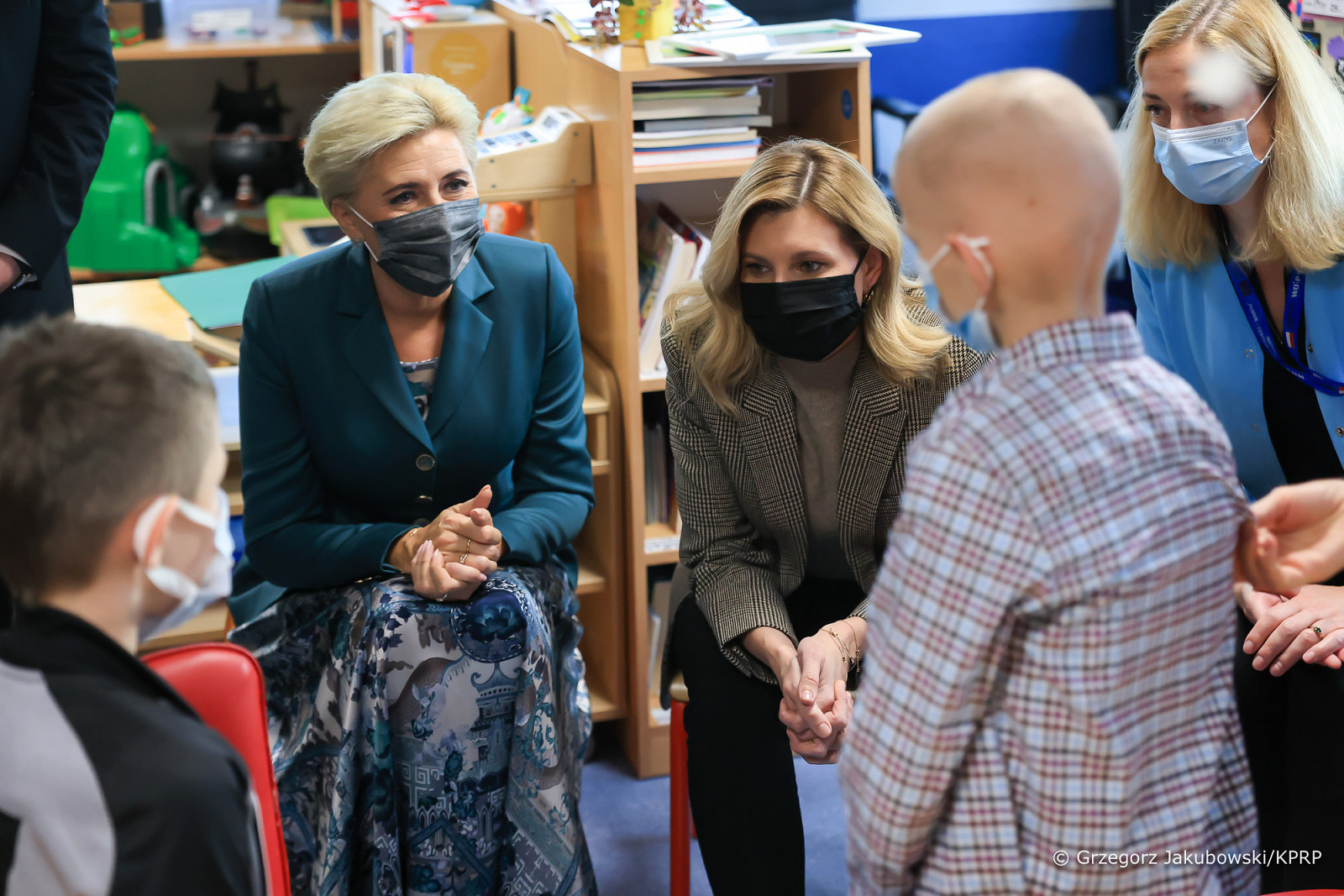 The First Ladies of Poland and Ukraine during a visit to the “Children’s Memorial Health Institute” in Warsaw, October 2022.
The First Ladies of Poland and Ukraine during a visit to the “Children’s Memorial Health Institute” in Warsaw, October 2022.
In response to the crisis caused by the war, Agata Kornhauser–Duda and Olena Zelenska initiated several other projects, including an exchange program between Polish and Ukrainian medical professionals. Through this collaboration, several hundred doctors and specialists from Ukraine have been trained in burn treatment and medical evacuation procedures.
Hospital managers are also sharing their expertise. Recently, with the support of the First Lady, Ukrainian specialists managing medical facilities in Ivano-Frankivsk and Rivne were trained at the Provincial Specialist Hospital in Biała Podlaska.
Medical Hub
By June 2024, approximately 3,000 patients from Ukraine had been transported through the MEDEVAC Hub in Jasionka near Rzeszów for further treatment in 18 countries.
Thanks to Agata Kornhauser-Duda’s international contacts, some young patients were successfully transported to foreign facilities where they received specialized care.
 Transport of Ukrainian orphans with severe disabilities from the respite-coordination hub in Stalowa Wola to a specialized center in Koblenz, made possible through the cooperation of the First Ladies of Poland and Germany, March 2022
Transport of Ukrainian orphans with severe disabilities from the respite-coordination hub in Stalowa Wola to a specialized center in Koblenz, made possible through the cooperation of the First Ladies of Poland and Germany, March 2022
Through Polish institutions, primarily the Governmental Agency for Strategic Reserves (RARS), which operates a humanitarian aid hub for Ukraine, 11,000 tons of food products worth 205 million PLN and medicines worth 60 million PLN were delivered to our neighbor during the first two years of the war.
Additionally, 70,000 cubic meters of fuel and 4,000 residential containers were sent to Ukraine during this period.
The transshipment hub handled goods from around the world valued at over 1.5 billion PLN, totaling 75,000 pallets and more than 55,000 tons of supplies. Aid transport included 9,000 trucks, and hundreds of trains transported over 10,000 wagons and containers. The agency managed donations for Ukraine from 58 countries.
For internally displaced persons, RARS constructed 14 container towns, including four in Lviv. The container towns built so far can accommodate over 10,000 people who have lost their homes. Refugees use these facilities until they find new, permanent shelter.
Energy Security of Ukraine
According to estimates by the European Commission, Russia has destroyed 80–90% of Ukraine’s thermal power generation and 30–50% of its hydroelectric plants in recent months—a total of 9.2 GW of installed capacity out of approximately 18–20 GW available before the Russian attacks (of which 7.8 GW was from nuclear power plants). The remaining operational infrastructure is now the target of ongoing Russian attacks.
Based on current estimates, the capacity of Ukraine’s energy system may only be sufficient to provide heating and electricity to individual customers for a few hours per day during the winter. Currently, only strategically important facilities, such as hospitals, receive continuous power.
In 2023, a special logistics hub, the “rescEU energy hub,” was established in Poland. Through this hub, several thousand generators, transformers, and spare parts have been delivered to Ukraine.
During one recent relief operation, based on a decision by the Ministry of the Interior and Administration, 207 generators were provided to Ukraine’s State Emergency Service. An additional 33 power generators were handed over to the Kharkiv Regional State Administration.
During the previous energy crisis in the winter of 2022–2023, Poland made a significant contribution to humanitarian and energy assistance for Ukraine: ENEA Operator Sp. z o.o. provided materials worth 1.245 million PLN for the restoration of energy infrastructure, GAZ–SYSTEM contributed 200.7 thousand PLN, Energa Operator provided supplies worth 1.94 million PLN, and PSE donated over 200 tons of equipment valued at over 11 million PLN.
This year, further assistance for Ukraine has been pledged by Gaz System, Tauron, ENERGA S.A., ENEA S.A., PERN, PSE S.A., and Orlen S.A.
Logistic Hub
Poland plays a key role in delivering aid to war-torn Ukraine, primarily due to our geographical location. The logistics hub in our country handles the vast majority of foreign shipments to Ukraine, both humanitarian and military.
In just the first half of 2022, over 80% of aid sent by the European Union, valued at around €800 million, passed through the UCPM logistics hub. The total value of in-kind assistance provided by Poland during this period was approximately 415 million EUR.
Development Aid
Poland also supports Ukraine in rebuilding and strengthening the resilience of Ukrainian institutions. Efforts are underway to build the capacity of public administration and professionalize the civil service workforce, particularly in preparation for EU membership. Poland co-finances the OECD office in Kyiv as part of these efforts.
At the same time, measures are being taken to assist Ukrainian institutions in maintaining and carrying out their functions under wartime conditions. The Ministry of the Interior and Administration and its subordinate agencies provide support to Ukrainian rescue services, both state and volunteer. Funding is also provided to Ukrainian local governments to improve the quality and accessibility of social services.
We are also collaborating with Ukrainian administration to address the challenges of reconstruction. In 2024, the activities of “Polish Aid” included the rebuilding of medical and educational infrastructure, as well as public buildings damaged by warfare. Support for Ukraine also extends to the education and vocational training systems to ensure a skilled workforce for the country’s reconstruction process.
Political Support
Such a broad flow of aid to embattled Ukraine is a result of the support extended to our neighbors by Poland’s highest representatives in the face of Russian aggression.
Solidarity with the Ukrainian people was highlighted by the visit of the Polish President and Lithuanian President Gitanas Nausėda to Kyiv on the eve of the Russian attack.
Even then, Andrzej Duda declared that Ukraine deserved to be granted candidate status for European Union membership. In numerous statements, he has also advocated for Ukraine’s accession to NATO. According to the President of Poland, this will take time, but “initiating the accession process would have tremendous psychological significance for the Ukrainian society and would bolster the morale of Ukraine’s defenders.”
 The final hours before the Russian invasion: Andrzej Duda and Volodymyr Zelensky in front of the Mariinsky Palace in Kyiv | February 23, 2022.
The final hours before the Russian invasion: Andrzej Duda and Volodymyr Zelensky in front of the Mariinsky Palace in Kyiv | February 23, 2022.
In a series of discussions with leaders from countries in our region and other European Union states, during bilateral meetings and in broader formats, Andrzej Duda urges swift and extensive support for our neighbor, including military equipment, as well as decisions on Ukraine’s participation in Western European structures and institutions.
Referring to the ambiguous stance of some countries, the Polish leader has argued in dozens of foreign interviews that dialogue with Russia is pointless. “On the one hand, they want to show a civilized face; on the other, they commit the most brutal and vile killings.”
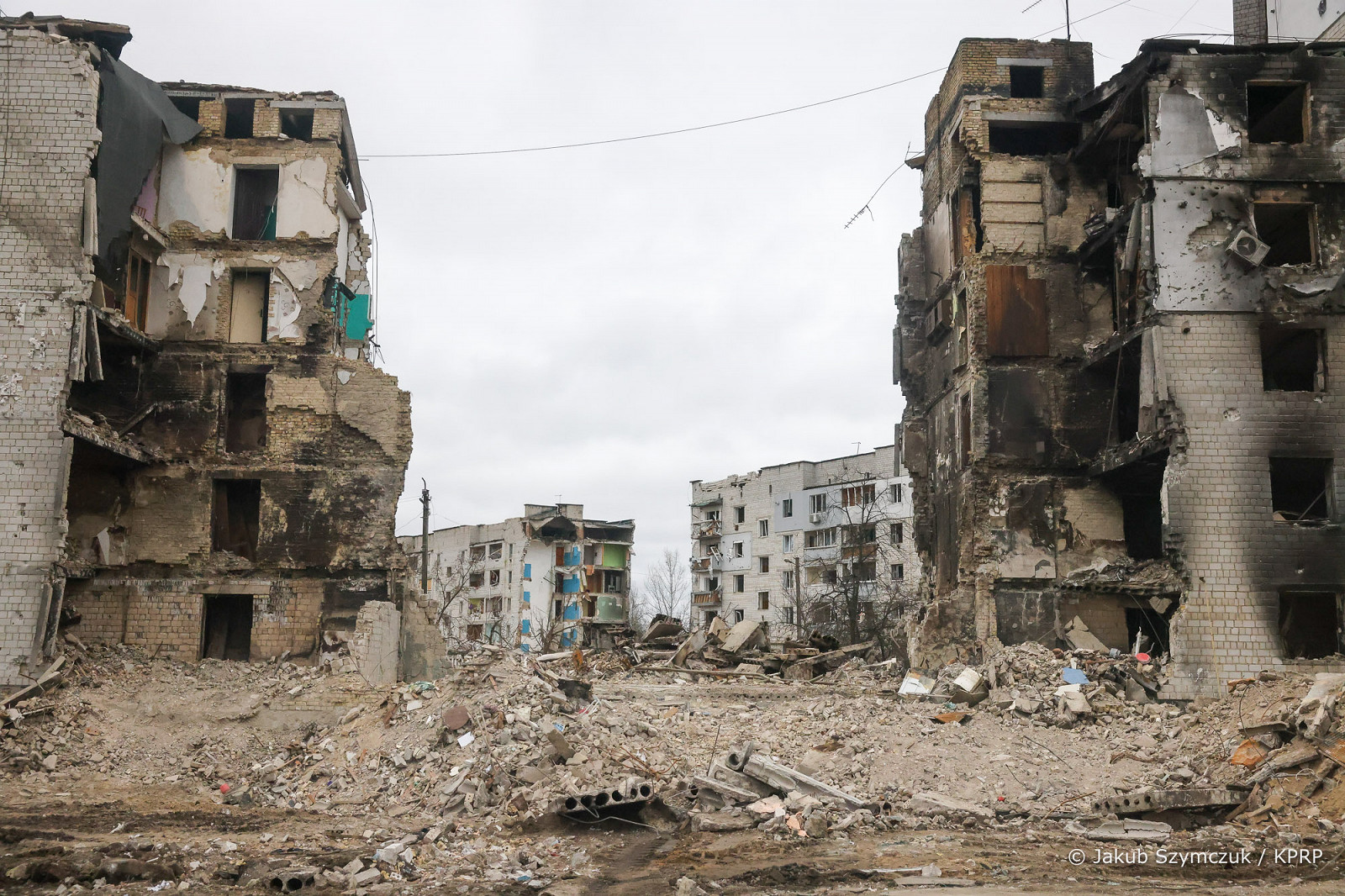
The President of Poland in Irpin and Bucha, near Kyiv, which were devastated by the Russians, during the first visit by heads of state since the outbreak of the war, April 2022.
A month later, during another visit to Kyiv, Andrzej Duda addressed the Verkhovna Rada of Ukraine with a historic speech, greeted by the Polish anthem and applause from the deputies. “The free world has the face of Ukraine,” he assured the Ukrainian parliamentarians.
This message remains relevant despite the dynamic international situation.
“We support Ukraine because we believe it can halt Russia’s imperial ambitions” – President of Poland, Andrzej Duda.


